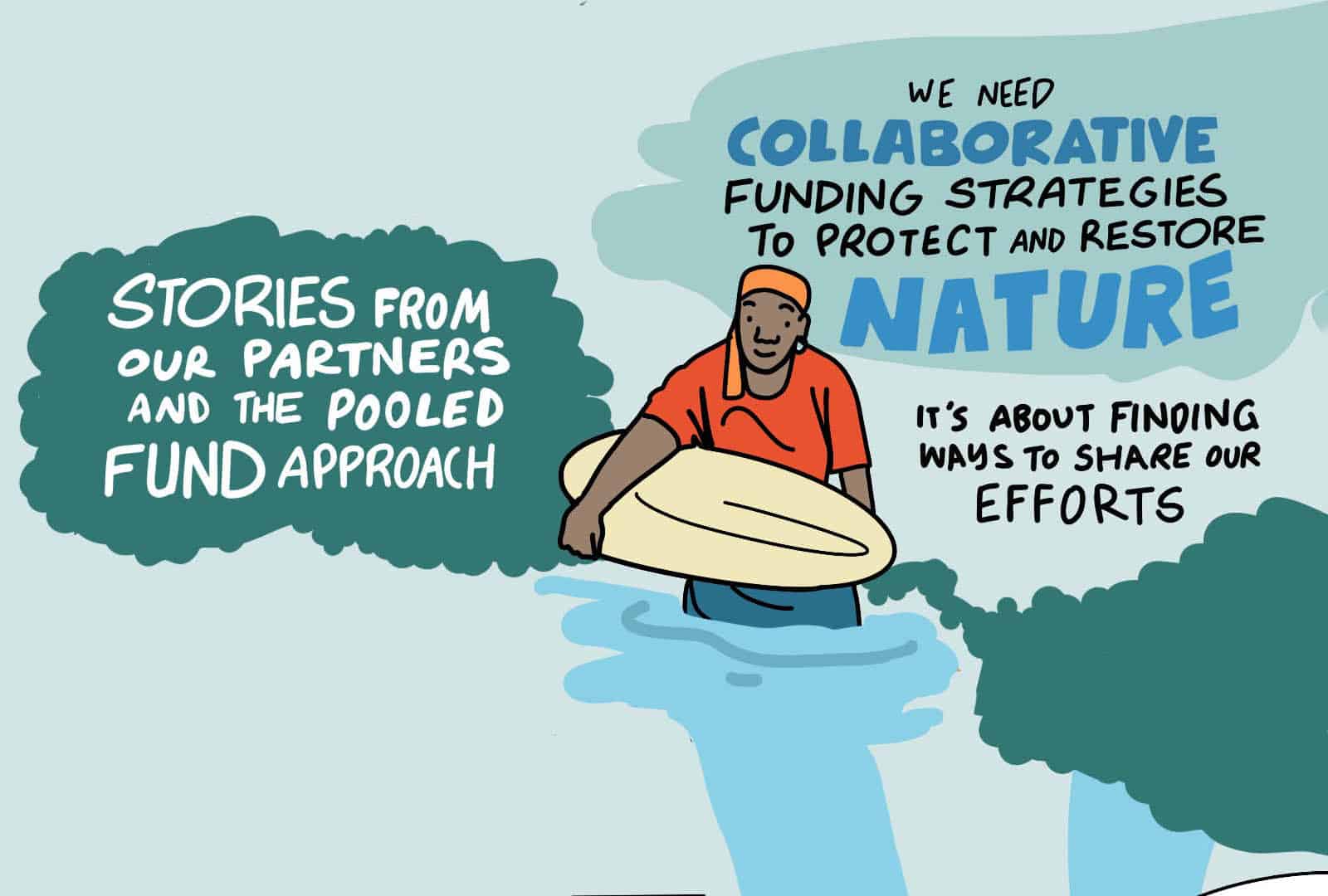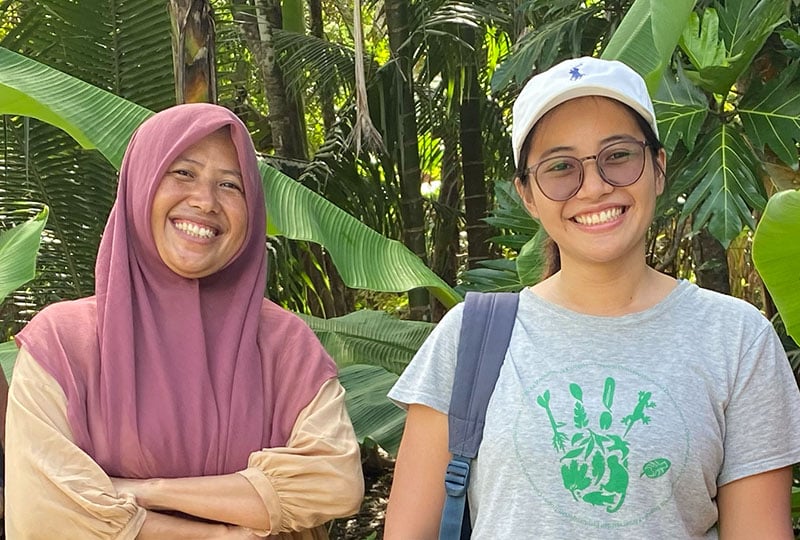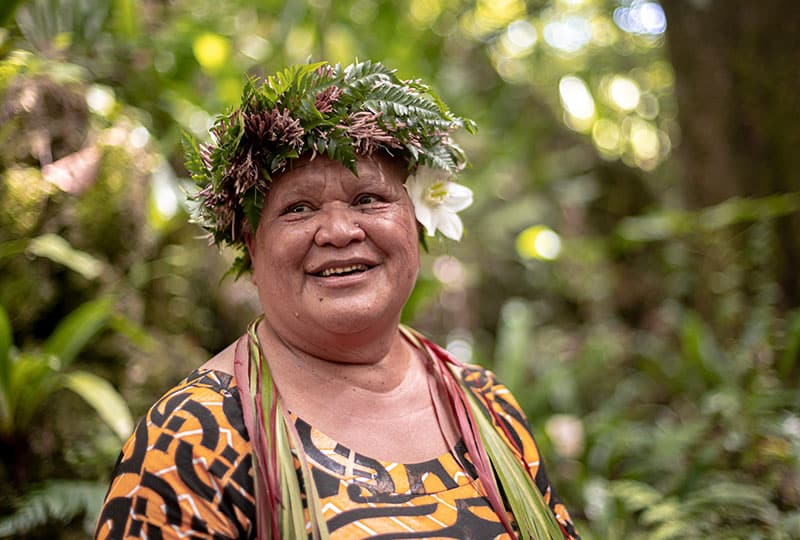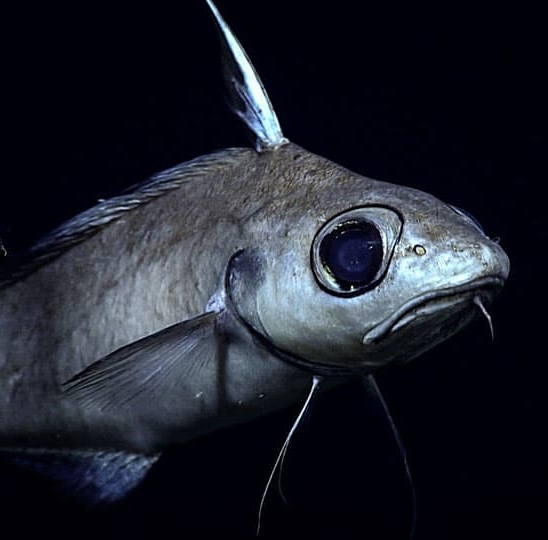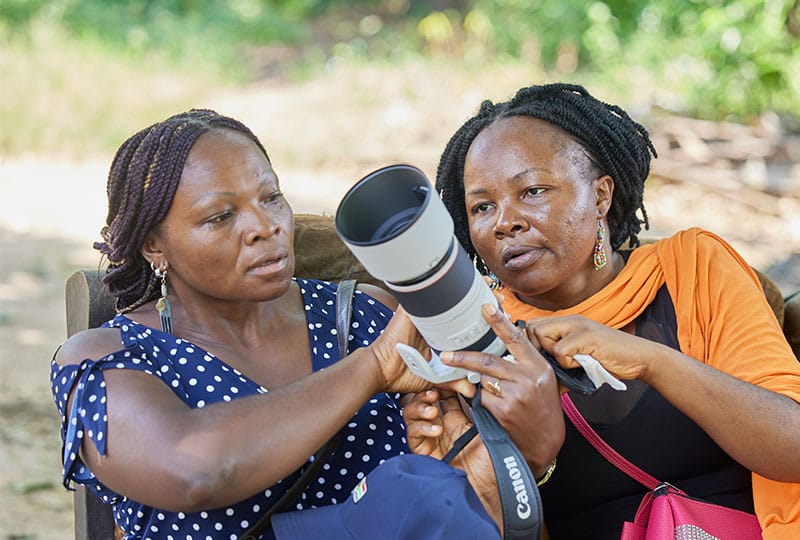Nature needs us to step up:
Synchronicity Earth addresses overlooked and underfunded conservation priorities, protecting and restoring nature in some of Earth’s most wildlife-rich but highly threatened regions.

6 programmes
Our six core programmes are designed to fill gaps in conservation action and funding for overlooked species, regions and ecosystems.

£15M+
Since our founding in 2009, Synchronicity Earth has distributed over £15 million in funding through our programmes, much of it long-term and flexible.
Bringing conservation to life
A film by Synchronicity Earth. Filmed, directed & produced by Chris Scarffe
With thanks to our partners: Mabuwaya Foundation (Philippines); Save Vietnam’s Wildlife (Vietnam); Mbou Mon Tour and Dynamique des Groupes des Peuples Autochtones (Democratic Republic of the Congo)




